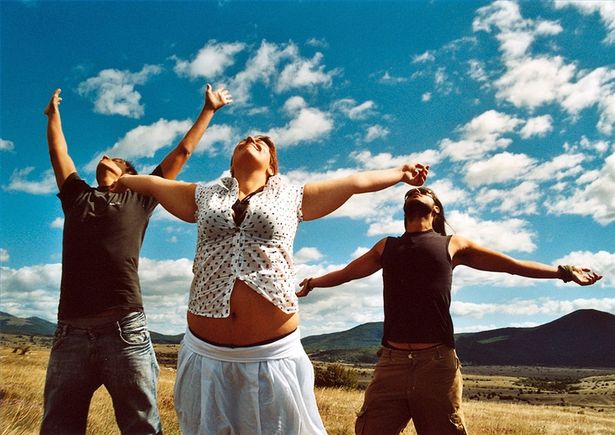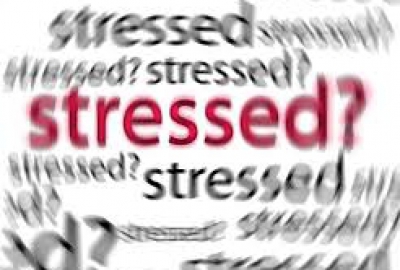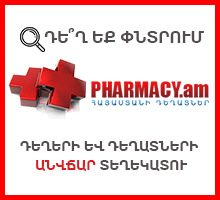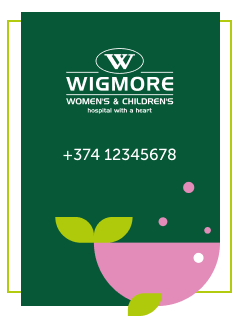My strength and stamina had gone. I had a persistent cough and worried it was heart trouble or cancer. After a year, and countless tests and scans, no cause was apparent.
Possibly it was chronic fatigue syndrome (ME), but my GP couldn’t say. There was nothing he could do for me, unless I fancied anti-depressants. I’m not going to bore you with details of everything I tried that didn’t work (including antibiotics, homeopathy, and diets), just about the one that did – Buteyko.
It sounds like a Japanese martial art but it’s a special breathing technique named after the man who invented it in the Soviet Union in the 1950s, a Ukrainian doctor called Konstantin Buteyko.
Medical students have long known that carbon dioxide (CO2) plays a vital part in releasing oxygen from the blood to cells and tissue – the Bohr effect. Buteyko took this further by postulating that most of the chronic medical conditions of our modern age – from asthma to lupus and Crohn’s disease – are the result of a deficiency in our body of CO2, caused by not breathing correctly, in a panicky way, so you take in too much oxygen.
On the face of it, this sounds a barking idea. All I can say with certainty is that his method worked in the Soviet Union (where it was popular with the elite of cosmonauts, KGB officers and athletes) and, since it came to the West, it has acquired a very loyal following here too.
It is also by far the most gruellingly horrible health therapy I have ever tried. The exercises are easy enough to master. Take a normal breath in, then out, hold your nose and time on a stopwatch how long it takes before you need to take another breath. That’s your Control Pause. Then wait three minutes and do it again, only this time keep holding your breath for as long as you can. That’s your Maximum Pause.
Try it now and see how well you do. If you’re in good shape your Control Pause should be at least 30 seconds, though the average is just 17 seconds.
The Buteyko method aims to get you up to a Control Pause of around 60 seconds and a Maximum Pause of around two minutes, which is nearly where I am now. But boy was it hard work getting there.
It’s essential to have a good Buteyko teacher, like the inspirational Christopher Drake, who trained me (mainly on Skype from his home in Bangkok).In the early stages, you need intensive hands-on help of this kind, first to give you the will to keep going, and to explain all the ghastly side-effects. You feel as if you’re developing flu; you feel feverish, depressed; you get headaches, nausea, violent mood swings and once I found a blister on the roof of my mouth that vanished as mysteriously as it had arrived.
And what do you get at the end of this ordeal? Well, three months on and I feel a different man. I’m calmer, I need less sleep (and never have trouble sleeping as I used to), my energy levels are almost back to normal, I’ve lost half a stone and I’m no longer prey to the coughs, colds and sneezes I used to get all the time.
A study by the University of Nottingham’s Division of Respiratory Medicine found that patients practising Buteyko breathing exercises twice a day experienced improved asthma symptoms and cut the use of their reliever inhalers by up to two puffs a day. However, there was no improvement to their lung function and they were not able to reduce their dosage of inhaled steroids taken to keep their asthma under control.
I won’t say it’s a miracle cure, but people who have done it say they’ve had their lives transformed. And I’m one of them.

















